Warren Distinguished Lecture Series

The Warren Distinguished Lecture Series is made possible by a generous, renewing gift by Alice Warren Gaarden in 1961. Since 1989, we have been bringing in accomplished researchers and speakers from around the world to share their work with students, faculty, and friends of CEGE.
NOTE: The series will resume after a summer break. Please review our recordings of past sessions linked below!
Upcoming Events
The series will resume after a summer break. Please review our recordings of past sessions linked below!
There are no upcoming events matching your criteria.
Past Warren Lectures
Stochastic, Physical, and Numerical Experiments in Anomalous Diffusion
Friday, Oct. 14, 2016, 10:10 a.m. through Friday, Oct. 14, 2016, 11:15 a.m.
George J. Schroepfer Conference Theater, 210 Civil Engineering Building

Vaughan R. Voller
Civil, Environmental and Geo- Engineering, University of Minnesota
Since the time of Fick (mid 1850's), it has been known that the length scale associated with a normal diffusion transport process increases with the square root of time. However, clear evidence shows that diffusion in some systems ( for example, break through of contaminants or foraging patterns of grazers) is anomalous. That is, in anomolous systems the associated length scale changes with a time exponent that is less than (sub-diffusion) or greater than (super-diffusion) the expected value of the square root exponent of n=1/2. Voller presents some simple stochastic, physical and numerical experiments that demonstrate how anomalous diffusion behaviors can be induced. In particular, he considers engineering systems related to infiltration of moisture into porous heterogeneous soils and solidification phase change of metal matrix composites.
Re-Evaluating the Concept of FCM
Friday, Oct. 7, 2016, 10:10 a.m. through Friday, Oct. 7, 2016, 11:15 a.m.
George J. Schroepfer Conference Theater, 210 Civil Engineering Building
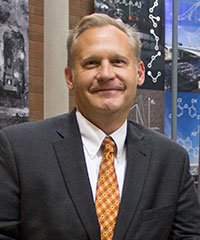
Special Warren Lecture in Honor of Robert Dexter
Robert Connor
Civil Engineering, Purdue University
ABSTRACT: Significant advances have been made in the understanding of fracture mechanics, material toughness, fatigue crack initiation and growth, and fabrication and inspection technologies since the inception of the original fracture control plan (FCP) in 1978. Currently, the components of the FCP are divided between independent specifications addressing material, design, fabrication, and inspection. Combining each of these aspects of fracture prevention with the advances made since the 1978 FCP, a new, integrated FCP can be formed. An integrated FCP has the ability to be reliability-based, making fracture no more likely than any other limit state, thereby increasing steel bridge safety and providing an economic benefit to owners though a better allocation of resources. Connor discusses the components of an integrated FCP and considerations that must be evaluated when forming an integrated FCP. (Photo by Theodore Galambos.)
On the Elastic Moduli of 3-D Printed Materials
Friday, Sept. 30, 2016, 10:10 a.m. through Friday, Sept. 30, 2016, 11:15 a.m.
George J. Schroepfer Conference Theater, 210 Civil Engineering Building
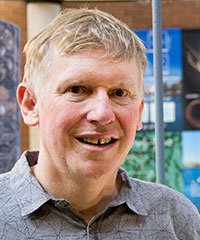
Graeme Milton
Mathematics, University of Utah
ABSTRACT: Three-dimensional printing gives us unprecedented abilities to tailor microstructures to achieve desired goals. From the mechanics perspective one would like, for example, to know how to design structures that guide stress in the way that conducting fibers guide current. In that context the natural question is: what are the possible pairs of (average stress, average strain) that can exist in the material? A more grand question is: what are the possible effective elasticity tensors that can be achieved by structuring a material with know moduli? Graeme Milton reviews some of the progress that has been made on this question.
Mechanics-guided 3D Assembly
Friday, Sept. 23, 2016, 10:10 a.m. through Friday, Sept. 23, 2016, 11:15 a.m.
George J. Schroepfer Conference Theater, 210 Civil Engineering Building

Yonggang Huang
Civil and Environmental Engineering, Northwestern University
ABSTRACT: Assembly of three-dimensional (3D) micro/nanostructures in advanced functional materials has important implications across broad areas of technology. Existing approaches are compatible, however, only with narrow classes of materials and/or 3D geometries. Huang introduces ideas for a form of Kirigami that allows precise, mechanically driven assembly of 3D mesostructures of diverse materials from 2D micro/nanomembranes with strategically designed geometries and patterns of cuts. Theoretical and experimental studies demonstrate applicability of the methods across length scales from macro to nano, in materials ranging from monocrystalline silicon to plastic, with levels of topographical complexity that significantly exceed those that can be achieved in any other way. A broad set of examples includes 3D silicon mesostructures and hybrid nanomembrane-nanoribbon systems, including heterogeneous combinations with polymers and metals, with critical dimensions that range from 100 nm to 30 mm.
Compaction, Dilation, and Strain Localization in a Model of Sheared Granular Materials with an Eye for Elastodynamics
Friday, Sept. 16, 2016, 10:10 a.m. through Friday, Sept. 16, 2016, 11:15 a.m.
George J. Schroepfer Conference Theater, 210 Civil Engineering Building

Ahmed E. Elbanna
Civil and Environmental Engineering, University of Illinois at Urbana-Champaign
ABSTRACT: Granular systems are ubiquitous in our experience, and they control the physics of many natural phenomena that are societally relevant such as slope failures (e.g., landslides and man-made embankments) and earthquakes. Furthermore, grain transportation, pouring, packing, and flowing are essential processes in fields such as food, pharmaceutical, and construction material industries. Thus, developing tools for understanding the dynamics of granular flow, at different strain rates, pressures, and temperatures is crucial for optimization of resources in industry and for development of improved hazard models for our built environments. In this talk, Elbanna reports on his recent progress in computational modeling of granular dynamics with a special focus on applications related to multiscale earthquake physics.
Recycling for Performance – from Academia to Industry
Friday, Sept. 9, 2016, 10:10 a.m. through Friday, Sept. 9, 2016, 11:15 a.m.
George J. Schroepfer Conference Theater, 210 Civil Engineering Building
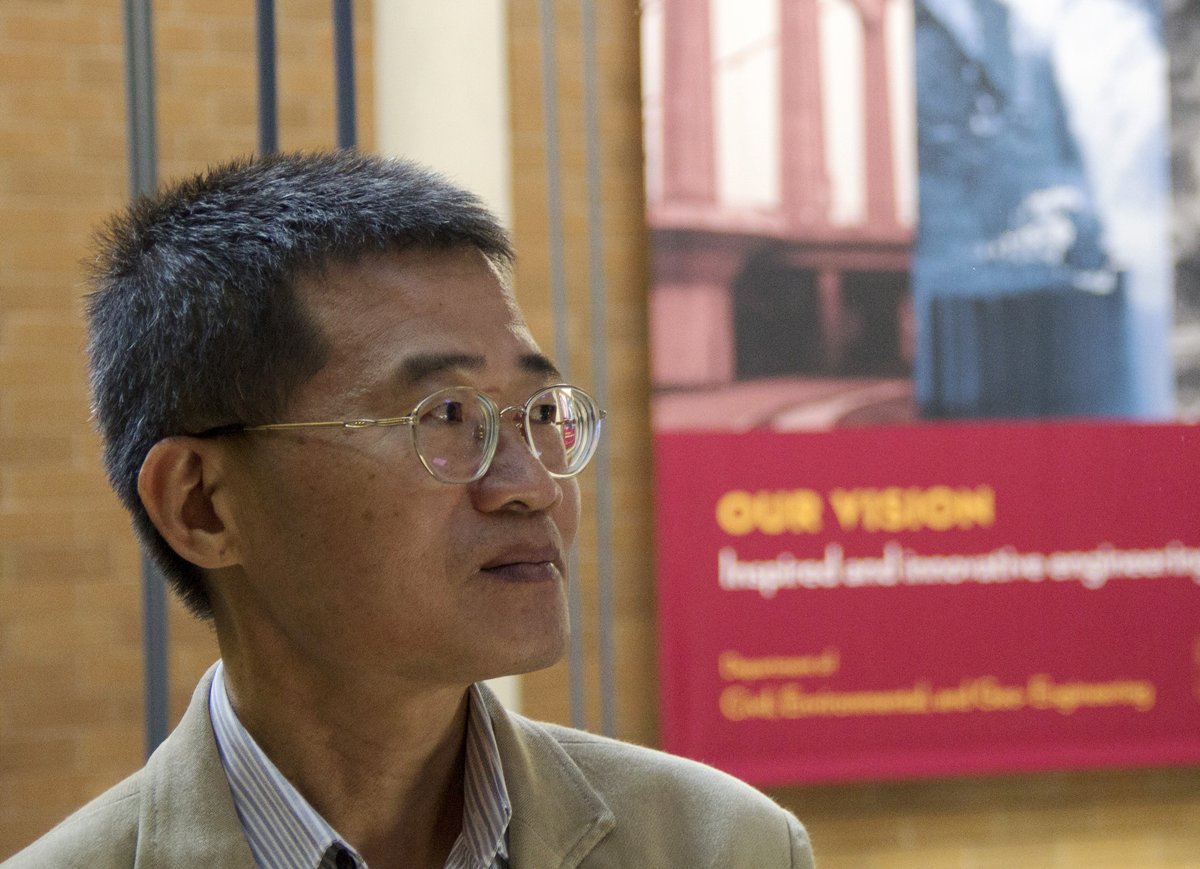
Jian-Shiuh Chen
Civil Engineering, National Cheng Kung University, Tainan, Taiwan
ABSTRACT:Chen summarizes recent research on asphalt with high content of reclaimed asphalt pavement (RAP). A test road was constructed,and the design, production, construction, and performance characteristics were assessed. Chen describes the challenges facing the paving industry, discusses the lessons learned from this experience, and develops quality guidelines for inclusion of high RAP content. Understanding the practical applications of high RAP content asphalt mixtures enables us to enhance pavement durability and to preserve as virgin aggregate and asphalt binder.
Long-Term Management and Control of Critical Infrastructure Systems using Automated Cloud-based Analytics
Friday, May 6, 2016, 10:10 a.m. through Friday, May 6, 2016, 11:15 a.m.
George J. Schroepfer Conference Theater, 210 Civil Engineering Building
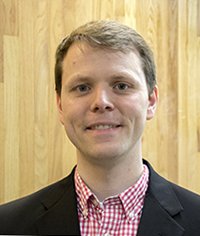
Jerome P. Lynch
Civil and Environmental Engineering, University of Michigan
ABSTRACT: The extensive national networks of infrastructure systems are rapidly aging, requiring increasing inspection and management to ensure safety. Fortunately, the confluence of wireless communications and low-power embedded computing has led to the creation of a new generation of wireless sensing technologies that can be deployed at low cost and in high density to monitor critical infrastructure systems. In this presentation, Lynch describes a wireless cyber-physical system framework for dynamically loaded civil infrastructure systems. Validation of the proposed framework is conducted using a permanent wireless monitoring system installed on the Telegraph Road Bridge in Monroe, Michigan.
Instability-driven Nonlinear Dynamics in Solids and Structures: From Snapping Structures to Structural Transitions
Friday, April 29, 2016, 10:10 a.m. through Friday, April 29, 2016, 11:15 a.m.
George J. Schroepfer Conference Theater, 210 Civil Engineering Building
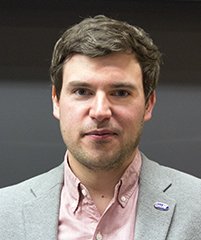
Dennis Kochmann
Graduate Aerospace Laboratories, California Institute of Technology
ABSTRACT: Engineering design principles commonly aim to prevent instabilities in solids and structures. In recent years, engineering mechanics has undergone a paradigm shift toward taking advantage of instabilities. Understanding the underlying dynamic phenomena enables us to control various micro- and macro-scale phenomena and to create interesting new mechanical systems that exploit the effects of instability. Kochmann develops the underlying theory and discusses its application to selected examples. Kochmann shows that, even in the linear regime, instabilities create interesting material properties.
Passive Sensors to Detect the Onset of Corrosion in Reinforced Concrete Bridges
Friday, April 22, 2016, 10:10 a.m. through Friday, April 22, 2016, 11:15 a.m.
George J. Schroepfer Conference Theater, 210 Civil Engineering Building
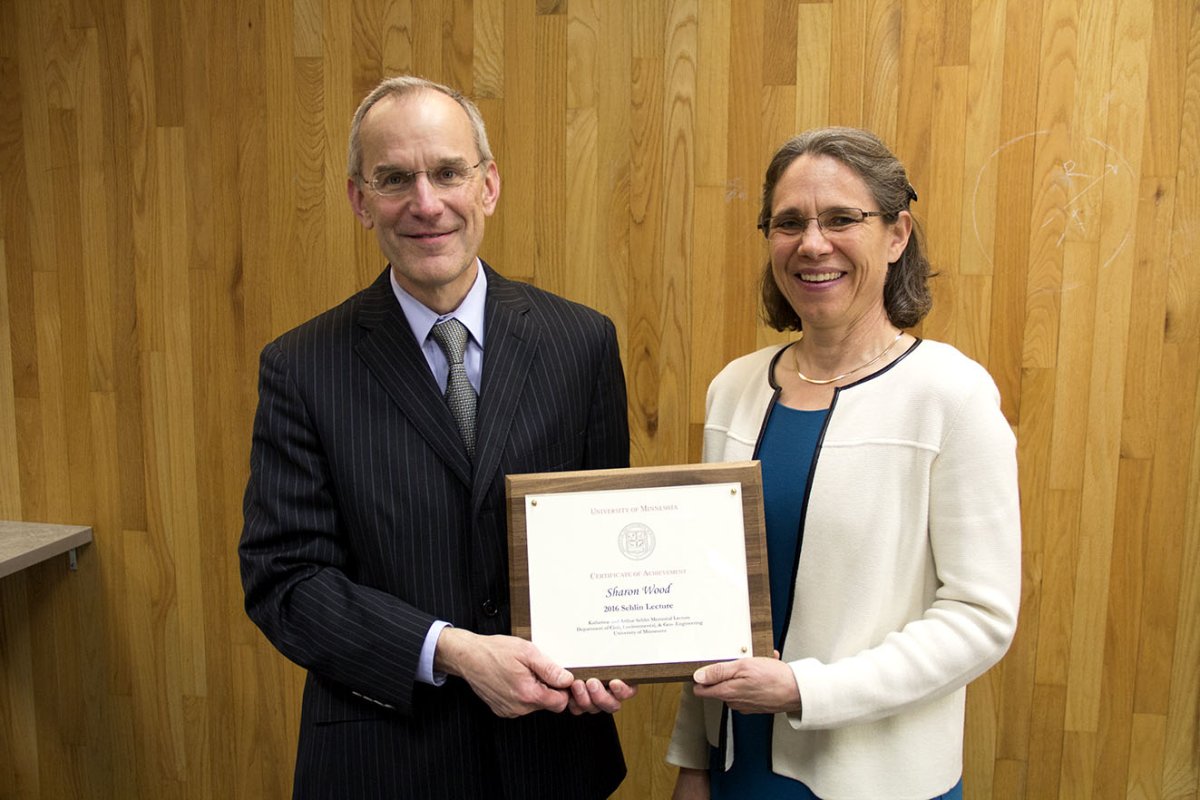
Sharon L Wood
Cockrell School of Engineering, University of Texas at Austin
ABSTRACT: Wood describes the new class of corrosion sensor that she and her research team developed. The sensor provides an econmical and nondestructive means of detecting the initiation of corrosion within concrete. Woodd envisions that this new, low-cost sensor will be embedded in concrete during construction and interrogated intermittently over the service life of the bridge.
Geometric Algorithms for Integrated Design Analysis
Friday, April 15, 2016, 10:10 a.m. through Friday, April 15, 2016, 11:15 a.m.
George J. Schroepfer Conference Theater, 210 Civil Engineering Building

Adarsh Krishnamurthy
Mechanical Engineering, Iowa State University
ABSTRACT: Computational models are beginning to play a significant role in design and manufacturing as well as in translational bio-medical applications, providing designers and clinicians with tools that aid in their decision making process. For widespread adoption, many of these computational models require better geometric algorithms that are computationally efficient and interactive. Krishnamurthy focuses on two main application areas of geometric algorithms that would integrate design and engineering analysis.Complex CAD operations were not previously interactive due to the compute-intensive nature of the geometric computations performed by the CAD system. Krishnamurthy and colleagues have developed geometric algorithms that are accelerated using Graphics Processing Units (GPUs).